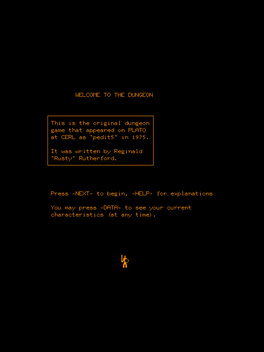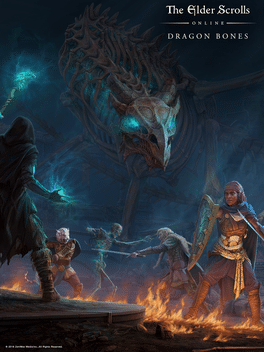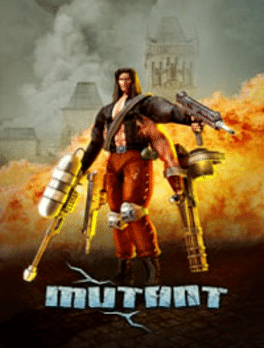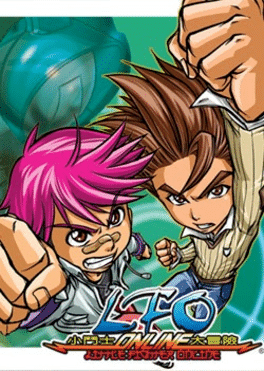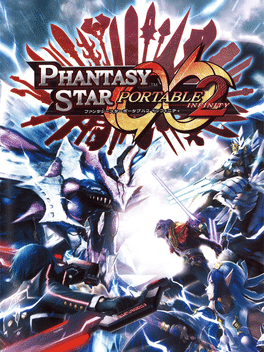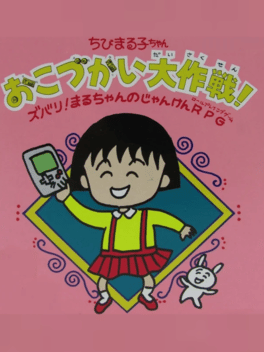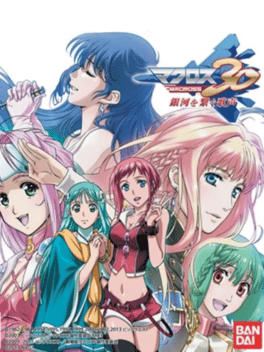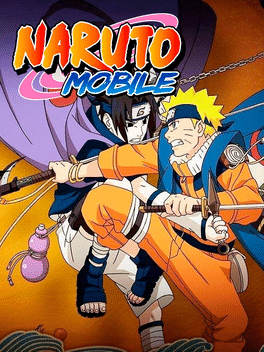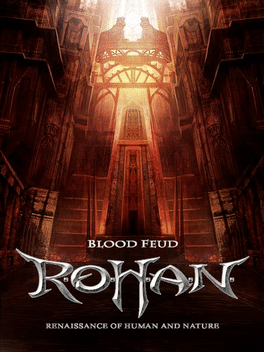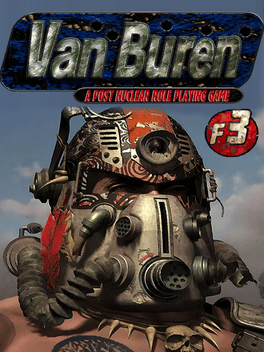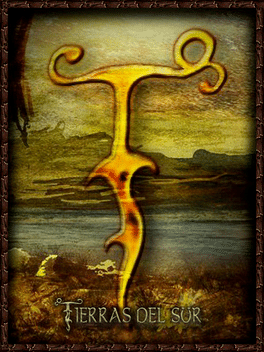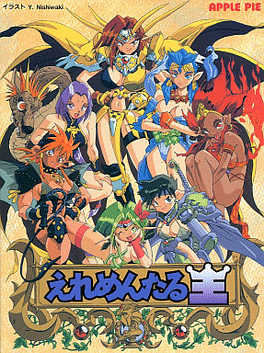Most Popular Role Playing Rpg Games - Page 307
-
The Dungeon
1975
-
The Elder Scrolls Online: Dragon Bones
2018
In this DLC you will get to battle new enemies, unlock new items, achievements and much more! -
MapleStory DS
2010
MapleStory DS
2010
MapleStory DS is an adaptation of the original MMORPG game for Windows titled MapleStory. Unlike the PC version, MapleStory DS is a solely single-player game. -
PoPoRoGue
1998
PoPoRoGue
1998
Poporogue is the sequel to SCEI's 1996 hit in Japan Popolocrois (also called Popolocrois monogatari). The battles in this game are not random, you can see the monsters on the screen and avoid them. What's more is that if you choose to escape from a battle, the monsters you ran from will chase you around the dungeon. -
Mutant
2007
-
Little Fighter Online
An free-to-play MMORPG based in the canon of the Little Fighter series, the game pays homage to Little Fighter 2. The game, however, is based on unstable servers, thus did not thrive long beyond its 2005 release. -
Gemstone IV
1998
Gemstone IV
1998
Gemstone IV is a text-based online roleplaying game developed by Simutronics and launched in November 2003. It is the fourth iteration of the on-going Gemstone series. -
Phantasy Star Portable 2 Infinity
2011
Phantasy Star Portable 2 Infinity (or PSP2∞) is an enhanced version of PSP2 released on 2/24/2011 in Japan. The game features a new muiltiplayer lobby, new storyline, a new race called Dumans, and the new weapons will take the total count to over 3,000. -
EverQuest: The Legacy of Ykesha
2003
The Legacy of Ykesha is the fifth expansion for the popular MMORPG EverQuest. -
Tom & Jerry MMO
2010
Tom & Jerry MMO
2010
Tom & Jerry MMO will give you ability to create your own cat or mouse for PVP action. -
EverQuest: The Planes of Power
2002
The fourth expansion, EverQuest: The Planes of Power, was released on October 29, 2002. The expansion comprises an assortment of otherworldly planes that do not exist in a planetary sense within the EverQuest universe. The expansion added content to the game aimed specifically toward the high-end player. In addition to adding new zones to the game, the expansion also introduced a network of portal points through the game realm. Players could use them to quickly travel to and from various regions through a central plane, known as Plane of Knowledge. The primary goal, or end-quest, of The Planes of Power is access to the Plane of Time. Access to this plane can only be obtained through vanquishing the four elemental deities or avatars of such: Fennin Ro, The Rathe Council, Coirnav and Xegony. To gain access to all of the zones of the expansion and successfully enter the Plane of Time, the players needed to complete 28 flag events of all sorts, involving the death of planar deities and deific creatures. These enc -
Macross 30: Voices across the Galaxy
2013
Game celebrating the 30th anniversary of the Macross series. -
Naruto Mobile
2016
-
Rohan: Blood Feud
2008
Rohan: Blood Feud
2008
International version of a Korean MMORPG which was released into public beta on May 28, 2008. It uses a cash shop system, and it's key selling points include township battles and its unique PvP system. -
Van Buren
Van Buren was the codename given to what would have been Fallout 3, a role-playing video game that was being developed by Black Isle Studios before the parent company, Interplay Entertainment went bankrupt. This resulted in the company shutting down Black Isle, which in turn laid off the PC development team on December 8, 2003, effectively cancelling the game. Prior to its cancellation, Van Buren was set to carry on the Fallout series, but was not a sequel to Fallout 2. An official Fallout 3, unrelated to the abandoned Van Buren project, was developed by Bethesda Game Studios after Interplay sold the single-player rights of the franchise to Bethesda Softworks. It was released October 28, 2008. -
WonderKing Online
A 2D MMO similar to MapleStory that aims to offer more action focused combat. The game was developed by SBSi and is currently published in North America by Ndoors -
Tierras del Sur
2005
Tierras del Sur
2005
Tierras del Sur is an Argentine, open source, free-to-play, 2D MMORPG, online since 2005, created by Marcelo Marcón. The action takes place in a fantasy world where players take control of a character that interacts with other character also controlled by other people.
